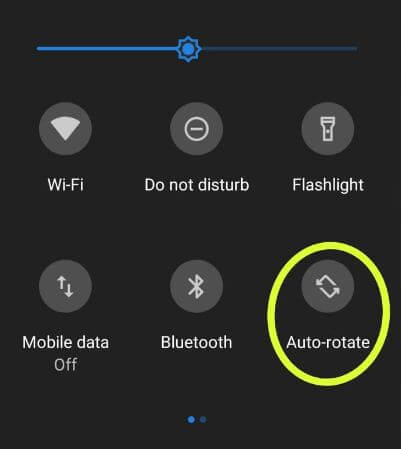

Hidden files in the directory are also processed. However, files may be specified by name, or the -ext option may be used to force processing of files with any extension. Note: If FILE is a directory name then only supported file types in the directory are processed (in write mode only writable types are processed). Once in write mode, exiftool will ignore any read-specific options. By default the original files are preserved with _original appended to their names - be sure to verify that the new files are OK before erasing the originals. To copy or move metadata, the -tagsFromFile feature is used. To write or delete metadata, tag values are assigned using -TAG=, and/or the -geotag, -csv= or -json= options. Metadata is read from source files and printed in readable form to the console (or written to output text files with -w). FILE is one or more source file names, directory names, or - for the standard input. DescriptionĪ command-line interface to Image::ExifTool, used for reading and writing meta information in a variety of file types. This documentation is displayed if exiftool is run without an input FILE when one is expected. OtherĮxiftool | d| x] ]įor specific examples, see the EXAMPLES sections below. Recursively rename all JPEG photos in a directory based on the DateTimeOriginal field: exiftool '-filename DSTTAG].] FILE.


Remove all EXIF metadata from the given files: exiftool -All= file1 file2.Read and write meta information in files Examples (TL DR)


 0 kommentar(er)
0 kommentar(er)
